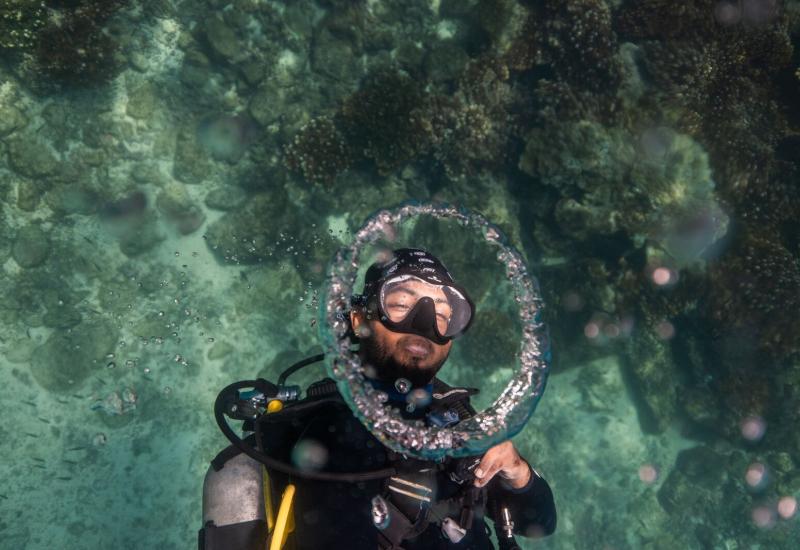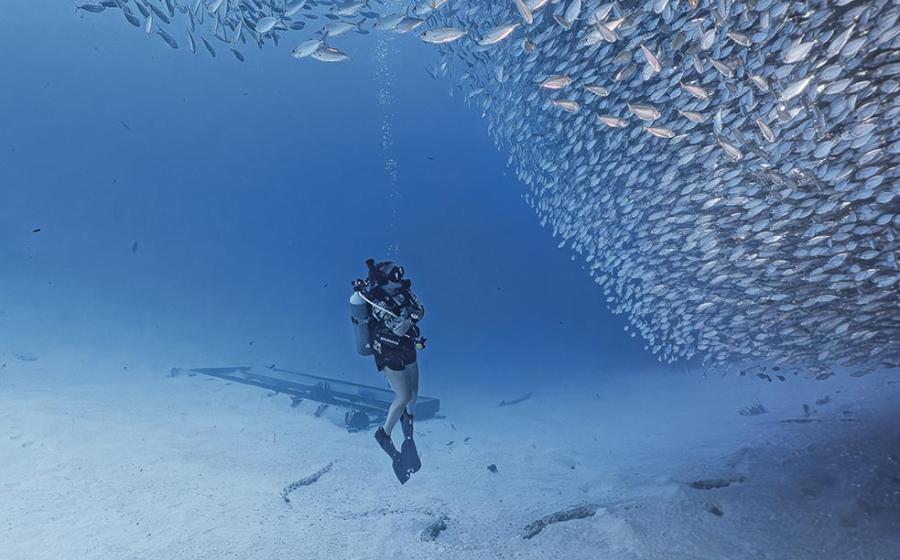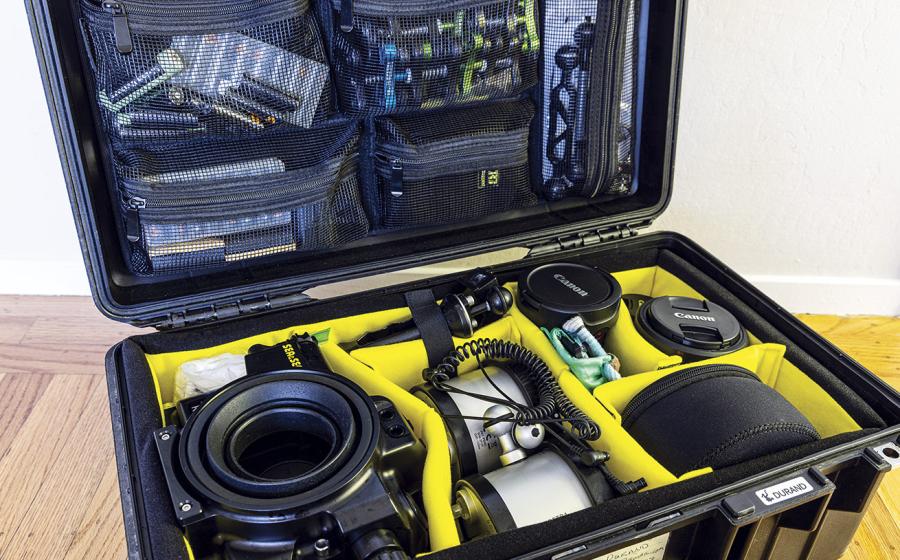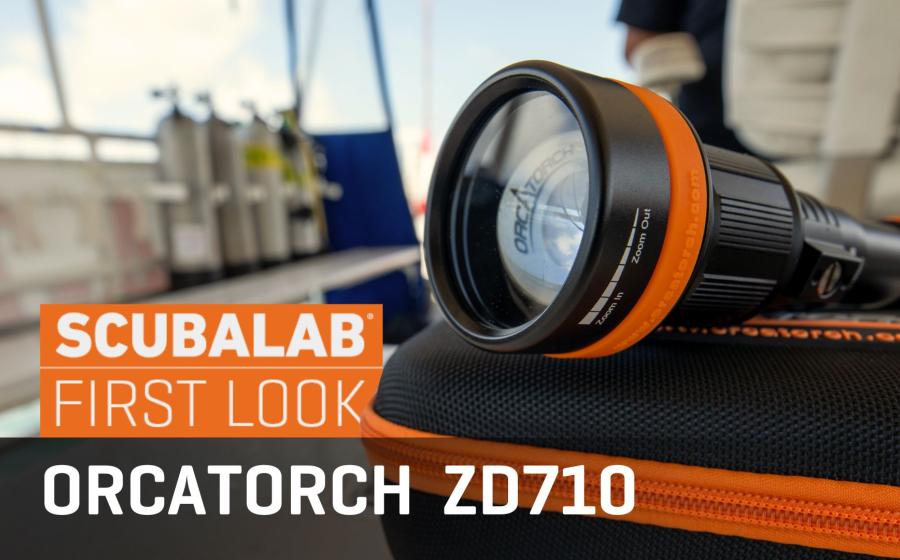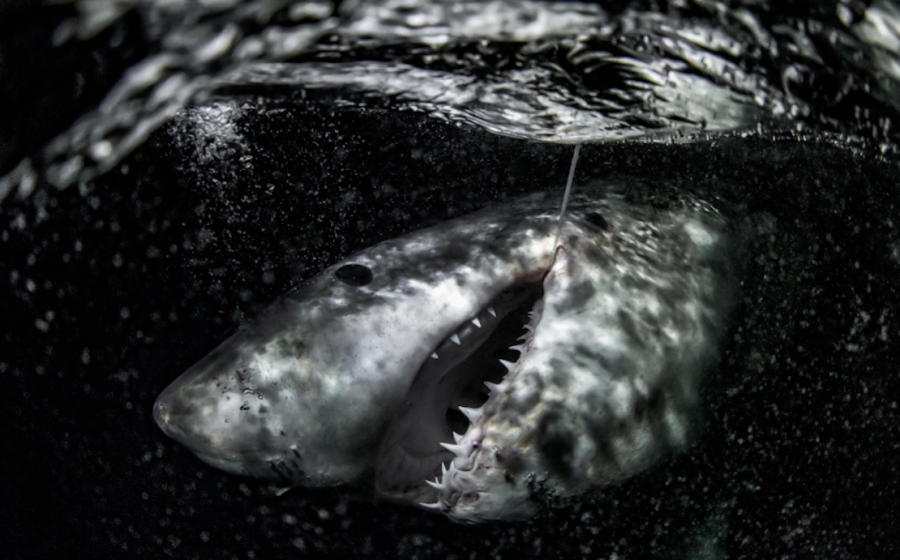How to Dive Lake Phoenix, Virginia
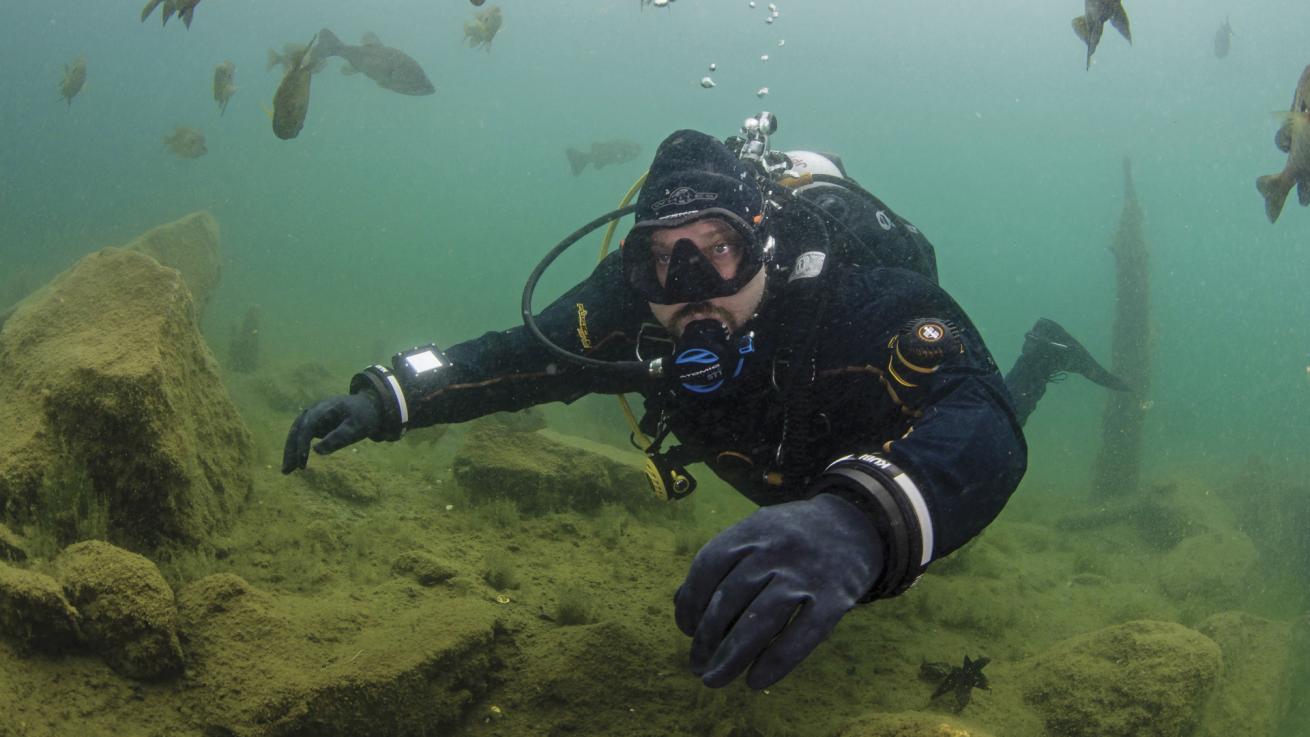
Blue Planet StaffLake Phoenix’s shallow depth makes it an ideal dive spot even for beginners.
Students are always pleasantly surprised at the visibility and number of fish on their dives.”
Valerie Schneider is a PADI Master Instructor who enjoys bringing her students to Lake Phoenix Scuba Park and Family Campground in Rawlings, Virginia, about 50 miles south of Richmond. “It’s open year-round, and I can teach all types of entries,” she explains.
Both independent divers and groups organized by operators look forward to dynamic and accessible diving at this scuba park. A full-service site with equipment rentals, cylinder fills and weights, Lake Phoenix also offers swimming, kayaking and a paintball area. Pavilions can be reserved for easy prep and lunch spots. There’s truly something for everyone to be found, making it an enticing spot for divers of all availability levels.
Related Reading: Local Diving: Payette Lake, Idaho
The flooded quarry is about 65 feet at its deepest, with many sunken features within recreational limits. Water temperatures can dip down into the 40s throughout the winter, with surface temps reaching the 80s in the summer. Divers can wear wetsuits or drysuits, depending on comfort level: Several thermoclines hover between the mid-40s and upper 50s near submerged granite rock lining the lake, which is home to resident fish and turtles.

Solomon ScottAttractions include a partially deconstructed Black Hawk helicopter.
Heather Tallent, PADI Master Instructor, outreach and marketing director, and co-owner of Blue Planet Scuba in Washington, D.C., says her shop makes trips to Lake Phoenix at least once per month from November to May and twice per month in the summer. Among the popular underwater features, she says, are “a Black Hawk helicopter, a Cessna plane, a basketball court and a ton of platforms for people who haven’t mastered their hovering skills. A big part of [the underwater sights] is at 30 feet or less.”
Tallent and her husband and co-owner Jonas Furberg are constantly on the lookout for ways to build the dive community they’ve established in the nation’s capital.
“We do our best to promote local diving as much as possible. The hard part about being where we are is there are not a lot of local dive sites,” says Tallent. Though waterways like the Potomac River wind around the D.C. metro area, diving is very much restricted. “Lake Phoenix is the place that people drive to for exciting diving!”

Valerie SchneiderDocks provide easy entry into the calm water.
“It’s a fantastic place for divers to practice and hone their skills,” says diver Solomon Scott. “I frequently go to the lake to test out new gear, practice my open-water safety skills and get new certifications. I have logged over 30 dives at the lake, and I still haven’t seen all it has to offer.”
Orange buoys on the surface mark the submerged features. There are also unmarked surprises, including prop skeletons, a hubcap tree and a computer graveyard. The positive vibe among the divers who visit the lake further elevates the experience beyond numerous discoveries. ScubaJam Virginia is one example of a sponsored gathering that fosters an interest in diving among youth.
On any given weekend, though, there’s a mixture of adventure and anticipation in the water as divers prepare to descend, “from brand-new, beginner divers, who maybe just finished their certifications, to people who have a trip coming up and want to get more experience,” Tallent explains. “Everyone is invited, and all levels are welcome. Let’s blow some bubbles!"
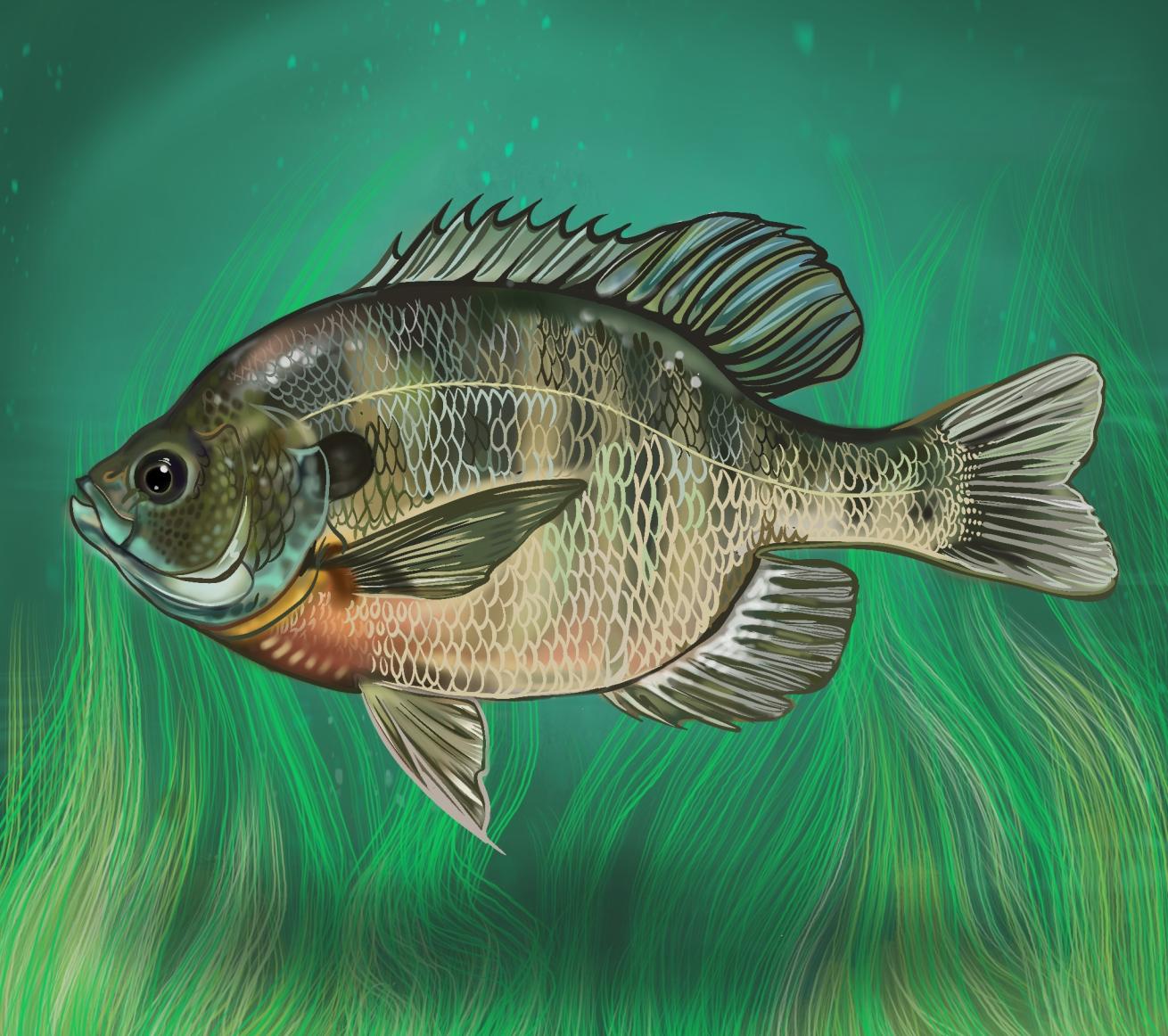
Illustration by Cassidy Vincent
Site Spotlight
Fishing isn’t permitted around the lake, giving species like bluegill (Lepomis macrochirus) an opportunity to thrive and be seen by divers. Sometimes confused with perch, this type of sunfish is named for its bluish hue and can live for up to a decade. They are frequently found in ponds throughout the United States, with concentrated populations scattered across the South and West.
Related Reading: Top 5 Places to Dive in Germany
Typical bluegill are small, reaching about 7 inches long and weighing just under 4 pounds. Serving in an intricate natural process, bluegill have a symbiotic relationship with freshwater mussels: Their bodies (typically the gills) serve as host homes for tiny, young mussels to live early in life.
Need to Know
Conditions
Viz and depth are ideal for new divers. “Shallow, with great light,” says Tallent
Before You Visit
Review the dive map and download waivers via the Lake Phoenix website.
How To Get There
A three-hour drive from D.C., the lake is “a little weekend getaway,” Tallent says.
Contact Info
Lake Phoenix Scuba Park & Family Campground lakephoenixva.com
Dive Shop
Blue Planet Scuba, Washington, D.C. (blueplanetdc.com)


